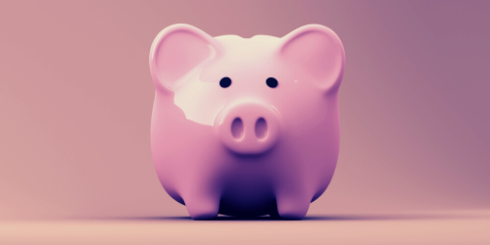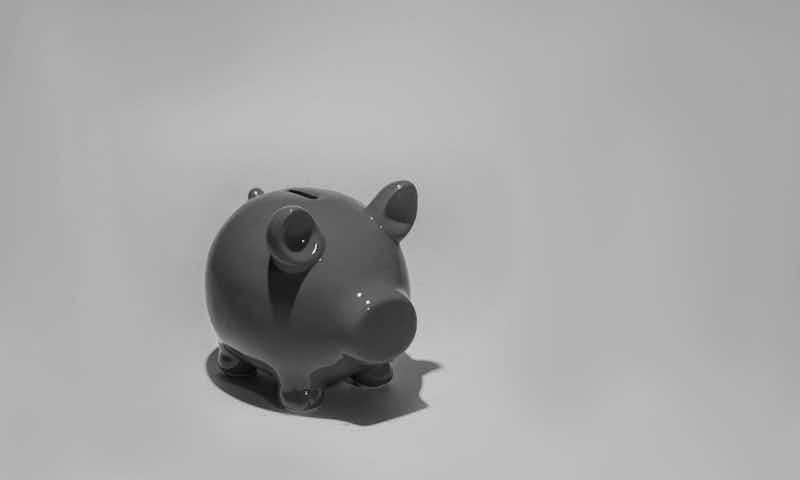How are these payments treated?
Individuals affected by coronavirus can now apply[1] to access up to $10,000 of their superannuation in 2019-20 financial year and up to a further $10,000 in 2020-21 financial year.
To apply, an individual must satisfy one or more of the following requirements:
- you are unemployed; or
- you are eligible to receive a JobSeeker payment, youth allowance for jobseekers, parenting payment, special benefit or farm household allowance; or
On or after 1 January 2020:
- you were made redundant; or
- your working hours reduced by 20 percent or more; or
- if you are a sole trader, your business was suspended, or your turnover reduced by 20 percent or more.
But what if the individual applying for early access to their superannuation is an undischarged bankrupt?
There are no changes to how superannuation is treated under the Bankruptcy Act 1966 if an undischarged bankrupt chooses to access their superannuation early through the government’s COVID-19 economic stimulus package.

Bankrupts who receive monies from their superannuation funds after the date of bankruptcy are protected from being realised by their bankruptcy trustee. However, section 139L(1)(a)(i) of the Bankruptcy Act extends the income definition to include an annuity or pension paid to the bankrupt from a superannuation fund. Therefore, a bankruptcy trustee would add that amount to the bankrupt’s income to calculate whether the bankrupt is liable to pay income contributions under section 139S of the Bankruptcy Act.
If a bankrupt’s income exceeds the statutory threshold (as indexed by the Australian Financial Security Authority), then the bankrupt is liable to pay half the surplus income above the threshold to their bankruptcy trustee as a contribution for creditors’ benefit.
A lump sum payment from a superannuation fund is often subject to debate (e.g. a lump sum superannuation payment because of employment termination) as to whether it forms part of the section 139L definition as it’s not specifically mentioned in the Bankruptcy Act. Therefore, arguably it may not be considered income and is excluded from the bankrupt income contributions calculation.
The distinction between an income stream and a lump sum is largely dependent upon the definitions outlined in the trust deed and/or the Superannuation Industry (Supervision) Act 1993 (SIS Act). Most superannuation trust deeds allow an annual payment to be an income stream, which means that if a bankrupt takes a yearly lump sum payment it is likely to be assessed as an income contribution. Although, it could be argued that a lump sum payment taken in year one of the bankruptcy, but not in subsequent years, is not an income stream.
Setting aside the debate on how lump sum payments are assessed, a bankruptcy trustee would not consider a lump sum received by a bankrupt under the government’s COVID-19 economic stimulus package as part of their calculation of the bankrupt’s liability for income contributions.
Worrells is proud to have more registered bankruptcy trustees than any other private firm in Australia. Contact your local Worrells partner to get credible and helpful advice in view of individual circumstances.
Related articles:
Income contributions in a bankruptcy
What happens to property acquired after a bankruptcy starts?
[1] Under the Coronavirus Economic Response Package Omnibus Bill 2020.




